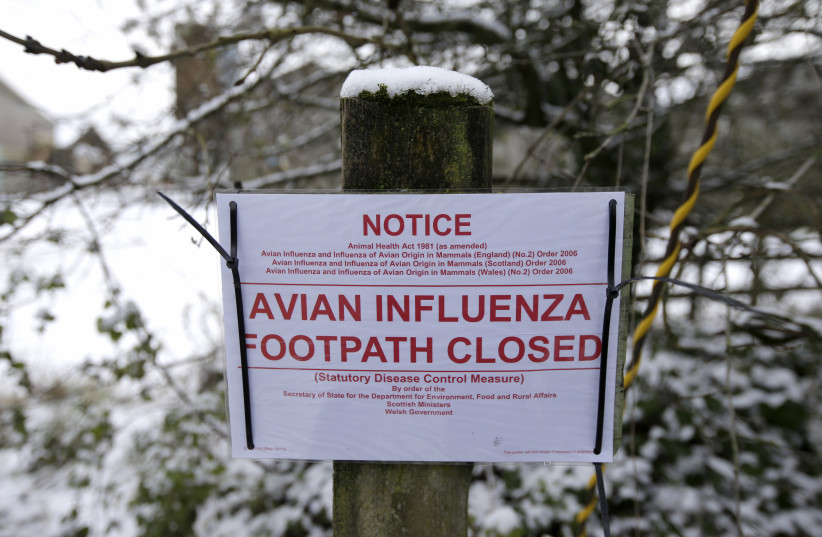A polar bear was killed by H5N1, a highly pathogenic avian influenza, in Alaska in October in the first such case of a polar bear dying due to the virus, local media in Alaska reported last week.
The polar bear was found in October in Utqiagvik, the northernmost community in Alaska.
Dr. Bob Gerlach, Alaska’s state veterinarian, told the Alaska Beacon on Saturday that "this is the first polar bear case reported, for anywhere," adding that the case has drawn attention from other Arctic nations as well.
Gerlach added that it's likely that the polar bear was infected after scavenging dead birds, although it may have been infected from just being exposed to an infected bird.
"If a bird dies of this, especially if it’s kept in a cold environment, the virus can be maintained for a while in the environment," said the state veterinarian to the Alaska Beacon.
A recent peer-reviewed study by researchers from the US Geological Survey Alaska Science Center, US Fish and Wildlife Service Izembek National Wildlife Refuge, US Department of Agriculture National Veterinary Services Laboratories, and Southeastern Cooperative Wildlife Disease Study, found that bird flu was introduced into Alaska three separate times: once from within North America and twice from Asia.
Bird flu spreading in Antarctica as well
The case came as the virus continues to spread around the world, including as far as Antarctica. The bird flu has been infecting both birds and mammals on several continents.
Two weeks ago, OFFLU, a network of scientists from the UN Food and Agriculture Organization (FAO) and the World Organization for Animal Health (WOAH), warned that the bird flu is likely to spread further in Antarctica and could have an "immense" negative effect on wildlife in the region.
In October, the first ever recorded case of bird flu in Antarctica was detected in brown skua birds on Bird Island, part of the British overseas territory of South Georgia and the South Sandwich Islands. The island is also claimed by Argentina as part of the Tierra del Fuego Province.
Just a few days later, the Falkland Islands reported their first case of bird flu as well. Since then, brown skua, kelp gulls, southern fulmars, black-browed albatrosses, grey-headed albatrosses, and southern elephant seals have been found or suspected to be infected with H5 avian influenza in the Antarctic region.
"The negative impact of HPAI H5 on Antarctic wildlife could be immense, because their presence in dense colonies of up to thousands of pinnipeds (seals) and hundreds of thousands of birds facilitates virus transmission and may result in high mortality," wrote the scientists.
Since 2021, Europe and the Americas have been suffering from a nearly continuous outbreak of H5N1 avian influenza which has been described as "the largest-ever" on the three continents. The virus has affected tens of millions of birds and thousands of mammals worldwide. Outbreaks of the virus have also become more common in Africa and Asia in the past year.
On Thursday, France detected bird flu in a duck farm where the ducks had been vaccinated against the flu in the Vendee department in Western France, according to Reuters.

